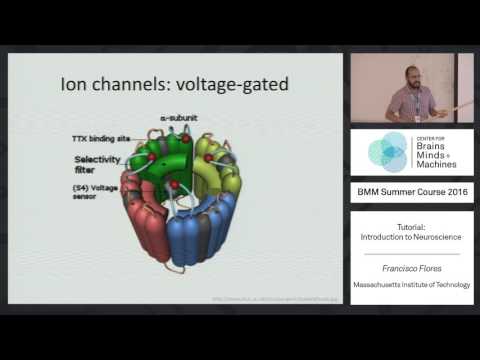Description:
Dive into the fascinating world of neuroscience with this comprehensive 45-minute tutorial led by Francisco Flores from MIT. Explore the fundamental concepts of neuroscience, starting with the basic structure and function of neurons. Learn about resting potentials, ion channels, and the crucial role of membrane potentials in generating action potentials. Discover how these electrical signals propagate through neurons and transmit information via synapses. Delve into the intricate organization of the cerebral cortex, examining its layers and microcircuits, and understand the diverse functions of different cortical regions. Investigate the complexities of visual perception, from the eye and retina to the lateral geniculate nucleus and visual pathways. Gain insights into receptive fields, feedforward models, and the various types of synapses that facilitate neural communication. This tutorial provides a solid foundation for understanding the core principles of neuroscience and their applications in studying brain function and behavior.
Read more

Introduction to Neuroscience
Add to list